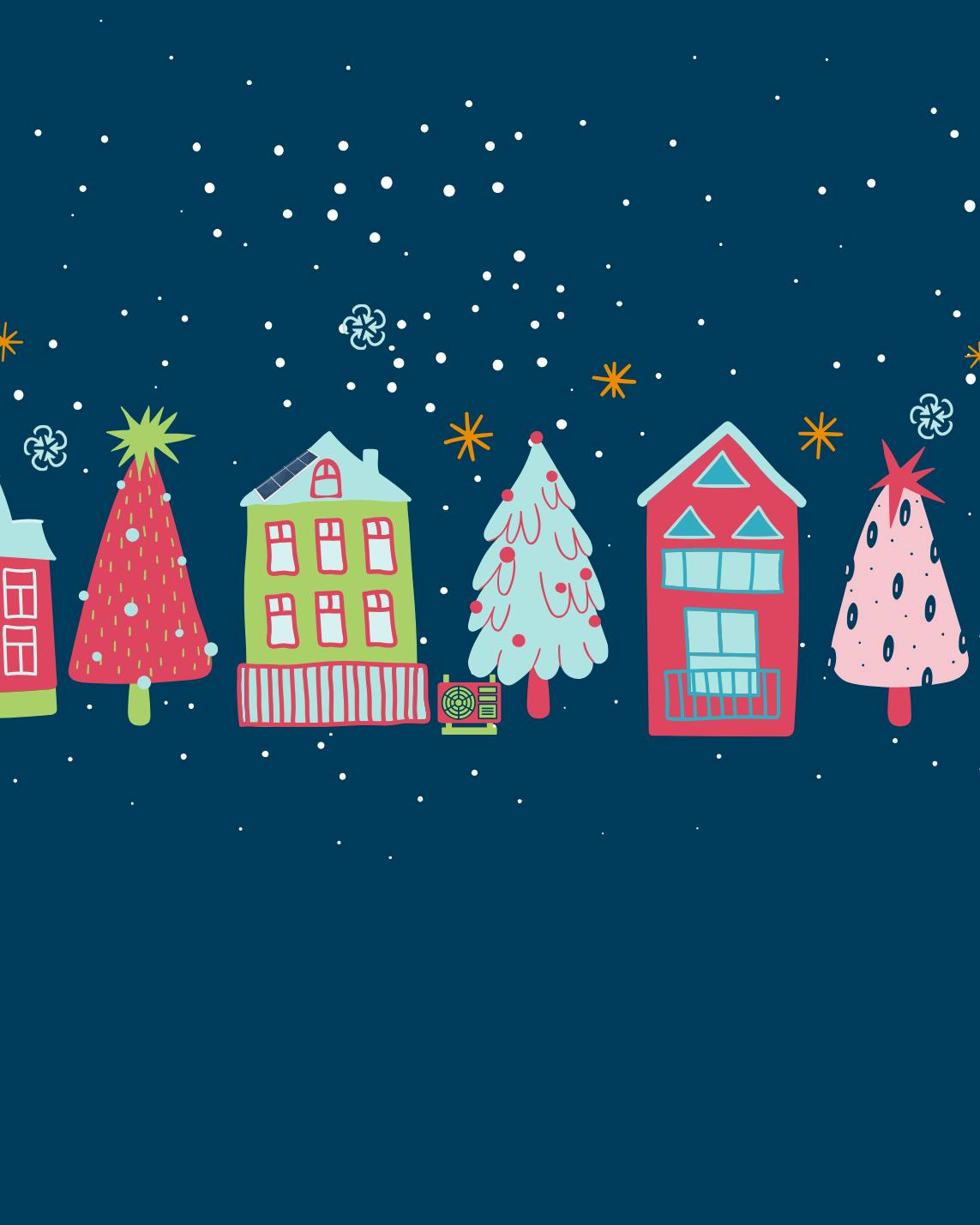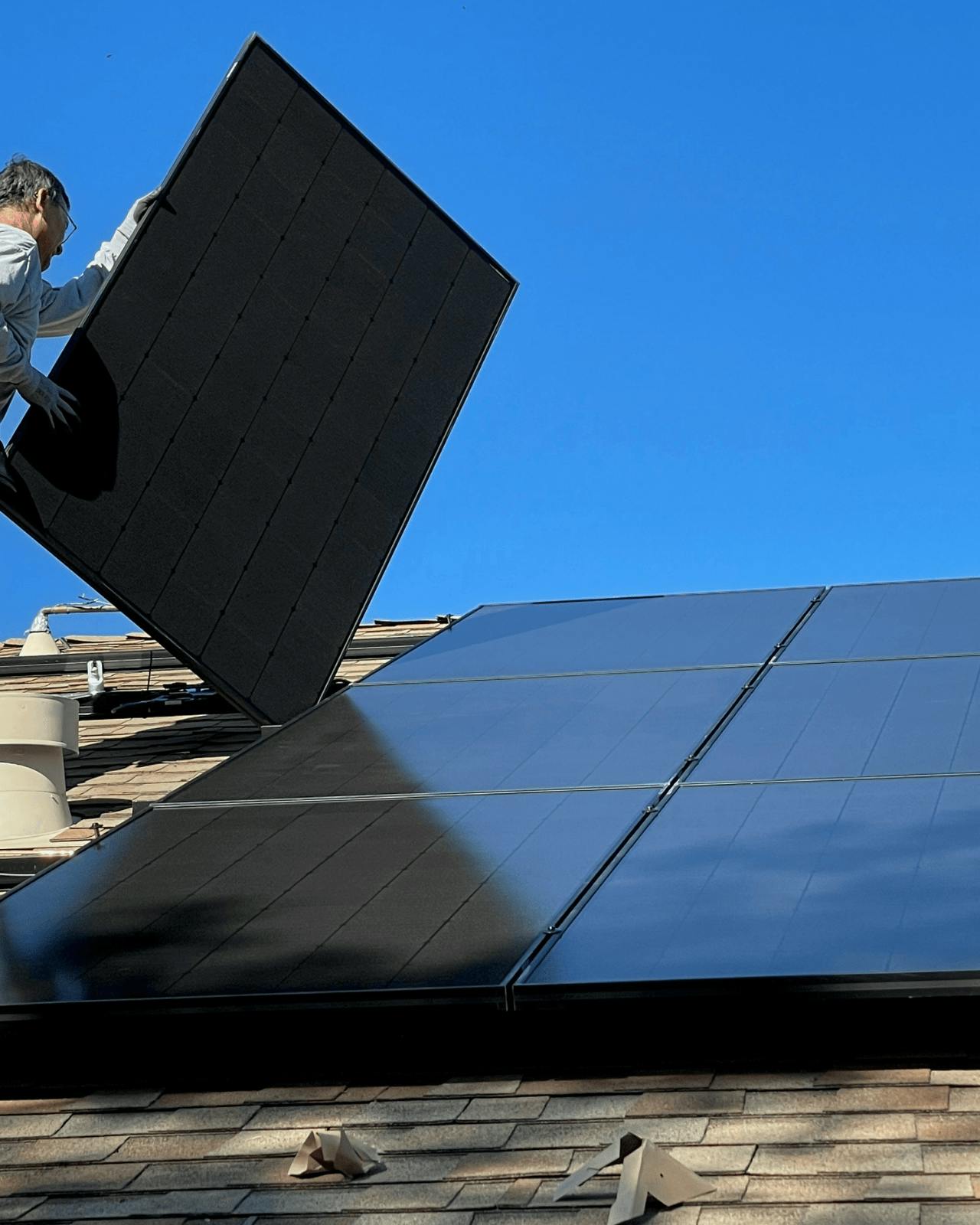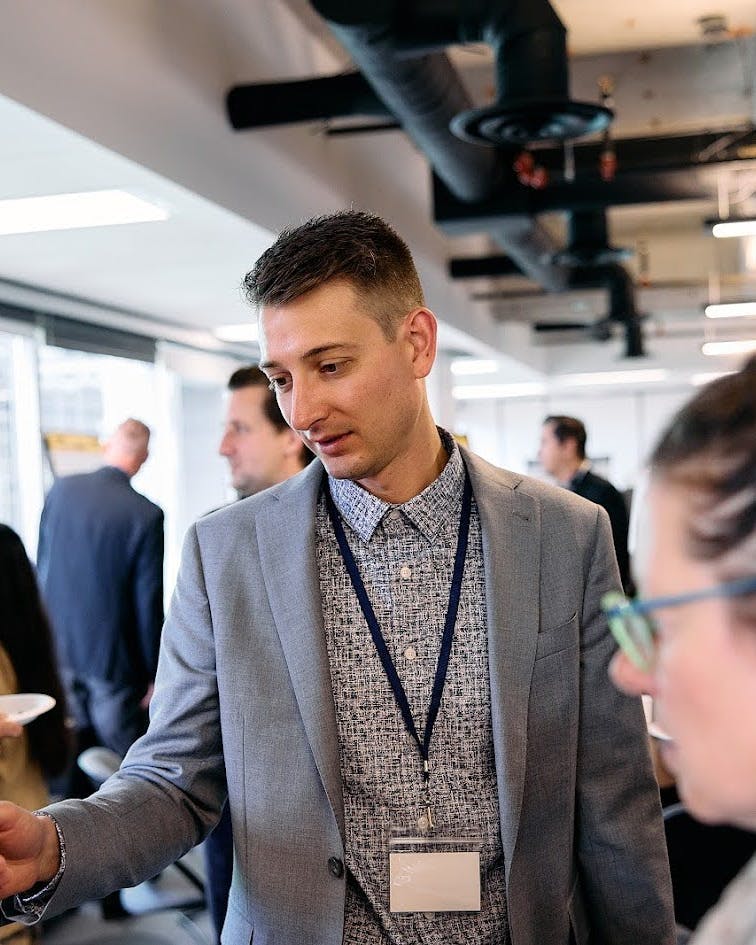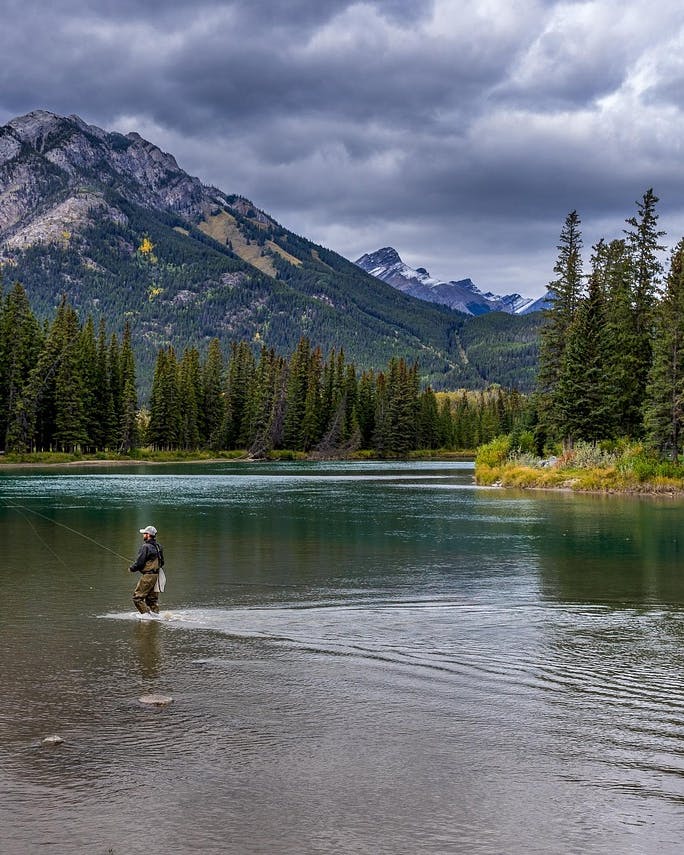Bringing the iinnii home: Blood Tribe leads eco-cultural restoration in Alberta
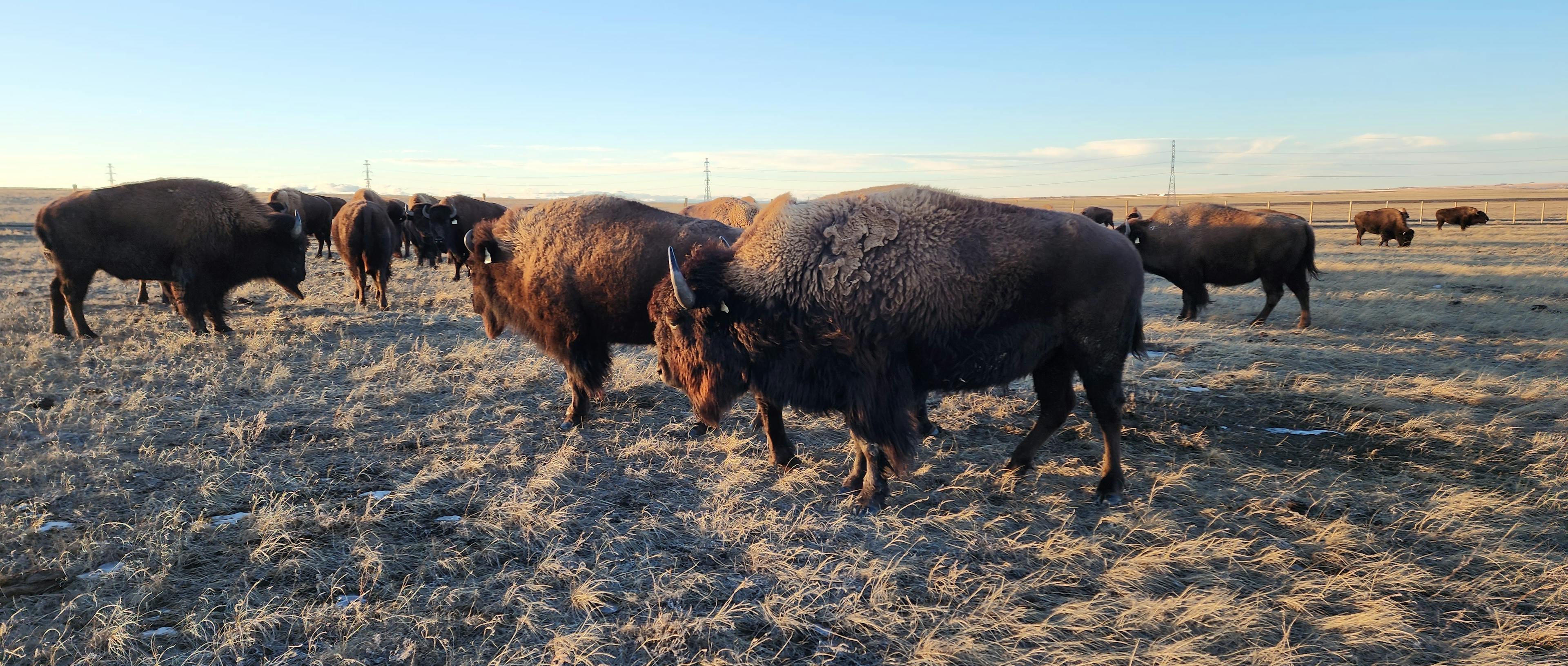
On a crisp fall morning, the ground trembles as a growing herd of iinnii (Blackfoot for "buffalo”) sweeps across the prairie. Their return to the Blood Reserve in southern Alberta is more than a powerful sight. It is a living act of restoration. The Kainai Iinnii Rematriation Project, led by Blood Tribe Land Management and supported by Alberta Ecotrust Foundation, is bringing back the keystone species that shaped these grasslands for millennia, renewing culture, regenerating ecosystems and inspiring a new vision for Indigenous‑led conservation.
The herd began with 40 animals transferred from Elk Island National Park in February 2021 and has since grown to approximately 100. After one year of preparation, the buffalo were introduced to their first pasture in April 2022. Their return marks a significant step toward restoring the land-based systems that once supported the Blackfoot people and Prairie ecosystems for generations.
Restoring land and relationships
The Blood Tribe secured access to four tribally owned pastures on the north end of the reserve for a five-year trial period. If the project proves successful, there is potential for long-term protection of these areas and expansion into additional pastures.
The project highlights the ecological importance of native grasslands, one of the most endangered ecosystems in Canada. These landscapes store large amounts of carbon deep in their roots and support diverse plant and animal species. Though the largest contiguous reserve in Canada, more than 70 per cent of the Blood reserve grasslands have already been cultivated or developed, contributing to biodiversity loss and reduced climate resilience.
By restoring buffalo to the land, the project is reinforcing the ecological function of the grasslands and promoting sustainable grazing practices rooted in traditional knowledge. The initiative also aims to shift perceptions within the community about the importance of these landscapes and demonstrate that conservation and economic viability can go hand in hand.
A different kind of grazing
Unlike cattle, buffalo graze selectively and cause less damage to riparian areas and wetlands. Their presence enhances ecological function through non-toxic dung, wallowing behaviour that creates temporary wetlands and seasonal rotation through pastures. The Blood Tribe’s herd is managed with a minimal intervention approach, allowing the animals to move through the landscape naturally.
The project team has applied knowledge from other Indigenous-led buffalo projects in Canada and the United States to guide herd management. Future goals include DNA testing to track genetic lines and inform breeding decisions. This information would support the creation of smaller, related herds while maintaining genetic integrity.
Infrastructure improvements such as solar-powered watering systems and wildlife-friendly fencing are ongoing. Range exclosures and soil health monitoring ensure the herd does not overgraze or degrade the land. These efforts align with both ecological and cultural values of stewardship and maintain the health of the herd.
Culture, ceremony and community healing
The Kainai Iinnii Rematriation Project supports more than environmental goals. This project provides food security, cultural revitalization and opportunities for healing from intergenerational trauma. Meat from the herd is shared with Blood Tribe members during annual harvests and emergencies. Ceremonial parts such as hides, skulls and organs are used for workshops, traditional crafts and spiritual practice.
Skills such as hide-tanning, hunting, harvesting and tipi-making are being passed down through seasonal events. These activities connect participants to traditional lifeways, support mental and emotional health and foster community resilience. The project also seeks to counter the long-standing impacts of colonization, cultural suppression and public disconnection from the land.
Cultural outreach is a growing component of the work. The project team offers presentations and tours to schools, conservation groups and other Indigenous communities. A knowledge-sharing guide is in development to support other Nations in launching their own buffalo herds.

The Blood Tribe Land Management team
Why Alberta Ecotrust funded this work
We selected the Kainai Iinnii Rematriation Project as an Environmental Impact Grantee because it strongly aligns with our grant program’s challenge statement of deploying nature-based solutions, advancing our focus areas and delivering co-benefits such as biodiversity, climate action and systems change. The project demonstrates how Indigenous-led environmental initiatives can deliver broad co-benefits — from ecosystem restoration to cultural renewal and community well-being.
In particular, the project stood out for its collaborative design, strong potential to scale and commitment to ongoing learning. The team continues to build internal capacity, expand infrastructure and refine herd management strategies based on both traditional knowledge and ecological science.
Future vision and next steps
This is only the beginning. With continued support and growing community engagement, the Blood Tribe envisions a thriving eco‑cultural corridor — a living model for conservation that blends ancient wisdom with modern stewardship. This summer, the team will focus on expanding fencing and water infrastructure, preparing new pastures, and supporting herd health. The buffalo have consistently produced 21 calves per year, and the project continues to track environmental conditions to support breeding success.
Additional goals include creating economic opportunities through potential eco-cultural tourism and supporting the development of an economic herd to generate jobs and income for Blood Tribe members.
The project will host its first-ever Iinnii Days in September 2025, featuring cultural programming, education and public engagement. Planning is also underway for future expansions, including movement toward river-bottom lands and collaboration with provincial officials to support buffalo protections.
With continued support, the Kainai Iinnii Rematriation Project has the potential to become a long-term model for Indigenous-led conservation in Alberta and across the Prairies. The return of the iinnii represents more than the reintroduction of a species — it signals a broader return to balance between land, culture and community.
Related posts
Explore our most recent posts.
